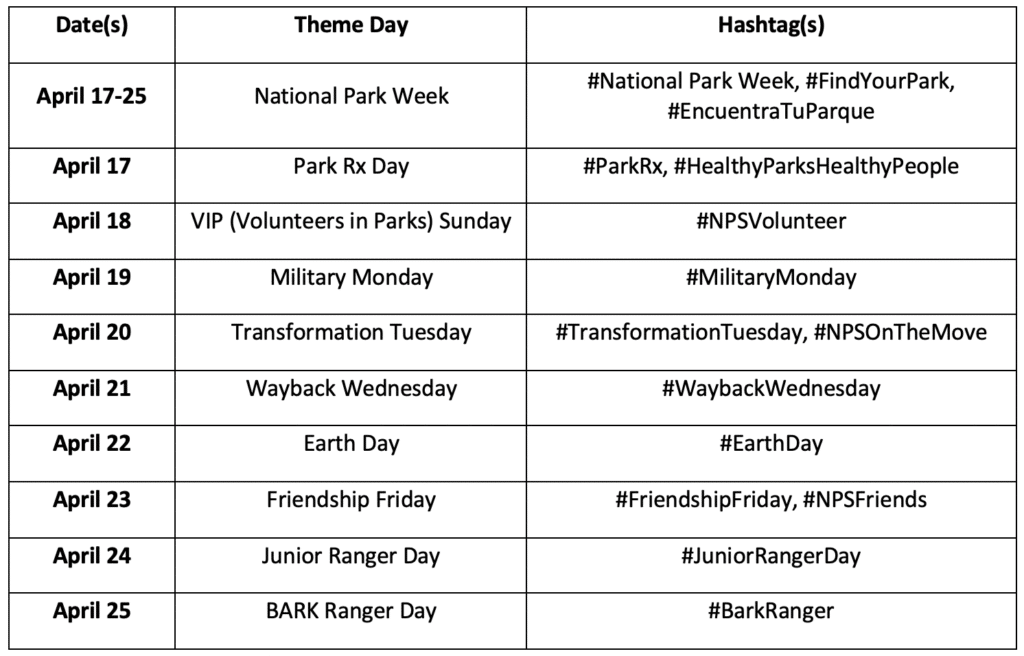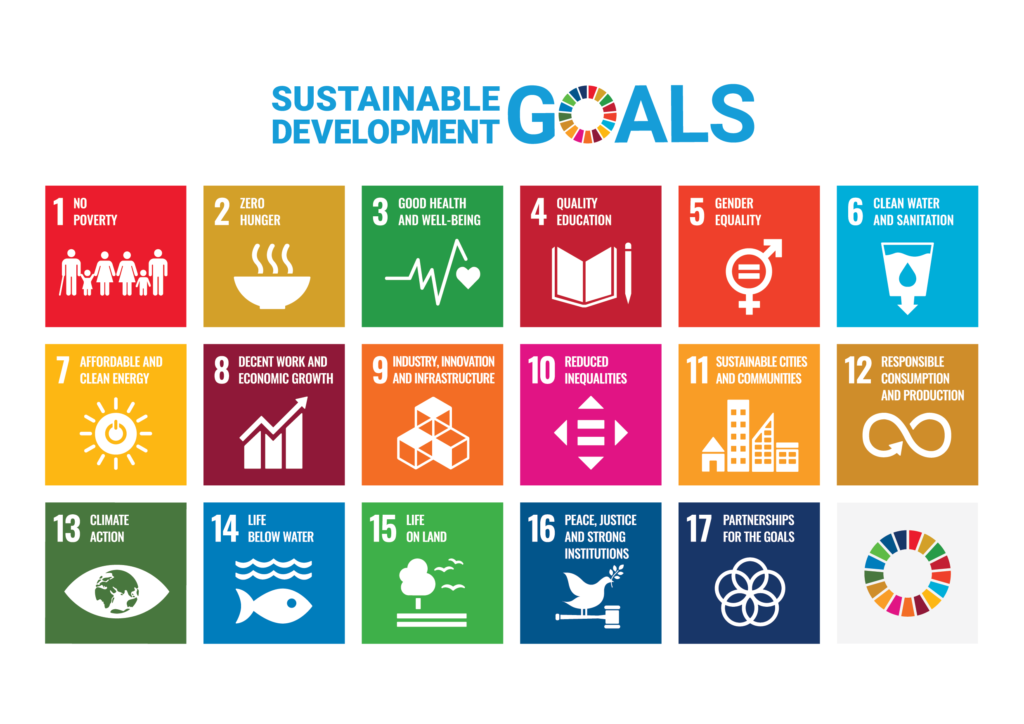By Dr. Kristin Drexler
Faculty Member, School of STEM
Author’s note: This article is part of an ongoing series on planetary sustainability. This series will examine socioecological systems — ecological and human factors – of sustainable Earth from the macro-view, using the United Nations global Sustainable Development Goals (SDGs) and other tools to better understand the complex whole of Earth sustainability and local applications for planetary protection.
It’s time to plan a visit to your national parks during National Park Week, which occurs April 17 to 25 this year. The National Park Service (NPS) celebrates National Park Week every year with both in-person and virtual events. These events are intended to encourage the public to explore and enjoy U.S. national parks, sacred sites, historical landmarks, and the shared heritage they contain.
Start a B.S. in environmental science at American Public University. |
There are 423 protected areas in the National Park System. According to the National Park Service website, they are “covering more than 85 million acres in every state, the District of Columbia, American Samoa, Guam, Puerto Rico, and the Virgin Islands. These areas include national parks, monuments, battlefields, military parks, historical parks, historic sites, lakeshores, seashores, recreation areas, scenic rivers and trails, and the White House.”
The National Park Service is overseen by the U.S. Department of the Interior. The recently confirmed Secretary of the Department of the Interior, Deb Haaland, states each protected area in the National Parks System “has its own unique story to tell, yet so much of our nation’s shared heritage can be found in the towering forests and vast desert expanses that make up our National Park System.”
Haaland is a former U.S. Representative from New Mexico, a member of the Laguna Pueblo and the first Native American to serve as a member of the U.S. Cabinet. She is passionate about environmental justice and impacts from climate change.
The NPS and the National Park Foundation are planning a series of in-person and virtual events for National Park Week. Secretary Haaland says: “The outdoors has also proven to be a welcome refuge during the past year of the pandemic. I encourage everyone to enjoy the beauty and wonder of our national parks safely and responsibly.”
Be Sure to Safely Enjoy Your National Parks During National Park Week
Many travelers from around the U.S. are expected to visit parks and monuments during National Park Week, especially due to COVID-19 and international travel considerations. This is a great time to explore our domestic treasures, in person or virtually.
To launch National Park Week, every national park will have a free admission day on Saturday, April 17. If you’re planning to visit a park or monument during National Park Week or any time of the year, the NPS asks that you pursue recreational activities responsibly, “including following rules requiring masks when physical distancing cannot be maintained, or to explore parks virtually through a variety of engaging online activities.”
For more information on virtual programs, visit the National Park Week page on the National Park Service website or the National Park Foundation’s website. To find a park near you, visit the Find Your Park/Encuentra Su Parque page.
Themes for National Park Week
The NPS and the National Park Foundation have announced the daily themes for National Park Week, along with hashtags for promoting your visit on social media using the hashtags #NationalParkWeek, #FindYourPark or #EncuentraTuParque.

More details on the 2021 National Park Week theme days can be found at the National Park Service website.
How National Parks and Conservation Connect to the UN Sustainable Development Goals
U.S. National Parks and protected areas in the National Park System directly relate to three of the 17 pillars of the United Nations (UN) Sustainable Development Goals.

- SDG #13: Climate Action: The goal of UN SDG #13 is to “Take urgent action to combat climate change and its impacts.”
- SDG #14: Life Below Water: The goal of UN SDG #14 is to “Conserve and sustainably use the oceans, seas and marine resources.
- SDG #15: Life on Land: The goal of UN SDG #15 is to “Sustainably manage forests, combat desertification, halt and reverse land degradation, halt biodiversity loss.”
My Experience as a Park Ranger Gave Me a Better Appreciation of Our National Parks
My first park was Assateague Island National Seashore in Maryland. I served as a volunteer ranger under the Student Conservation Association (SCA) in environmental education or “interpretation.” The following summer, I was hired at Oregon Caves National Monument in southwest Oregon. After that, I worked a season at Sunset Crater National Monument in Arizona followed by Zion National Park in Utah.
While I was at these parks, I trained in emergency medicine, wildland firefighting, and search and rescue. I went on to work as a prescribed fire technician at Sequoia National Park in California. My final winter season was at Bandelier National Monument in northern New Mexico.

Each park and monument was amazing and unique. They are WELL worth visiting! Through all of my experiences at these national parks, what I loved most about working for the Park Service was seeing thousands of people – U.S. nationals and foreign visitors – fall in love with our nation’s beauty and biodiversity.
There are special events and free admission to all national parks, national monuments and national recreation areas several times a year, so you and your family can explore beautiful and diverse areas. Free admission dates for 2021 include:
- January 18 (Birthday of Martin Luther King, Jr.)
- April 17 (the first day of National Park Week)
- August 4 (the one-year anniversary of the Great American Outdoors Act)
- August 25 (the National Park Service’s Birthday)
- September 25 (National Public Lands Day)
- November 11 (Veterans Day)
Careers in the National Park Service
There are several career paths in the National Park Service, including:
- Education Specialist (assists with schools, curricula, educational programs and online materials)
- Park Ranger-Interpretation (works with field educational, history and nature-themed programs and visitor centers)
- General Park Ranger; Park Ranger-Protection and Law Enforcement (works in/with law enforcement, natural/cultural resource management services, emergency medical services)
- Wildland Firefighter
- Visual Information Specialist (designs and builds park displays)
- Physical Science Technician (works in geology, paleontology, weather, and other environmental research and monitoring)
- Archaeologist
- Biological Science Technician (handles biological research and monitoring)
- Biologist
- Museum Technician
University Environmental Science Academic Programs
The university offers various programs within the School of Science, Technology, Engineering and Math (STEM) to help students improve their knowledge of environmental science and other related fields. Some of these programs include:
- Bachelor’s degrees in Environmental Science and Natural Science
- A master’s degree in Environmental Management
- Undergraduate certificates in Fish and Wildlife Management, Public Lands Management, Environmental Technology and Sustainability
- Graduate certificates in Environmental Planning and Design, Environmental Sustainability, Fish and Wildlife Management, and Natural Resource Management
In addition, the university provides career services and personalized career coaching to university students and alumni. For more information about these degree and certificate programs, contact the university.
About the Author
Dr. Kristin Drexler is a full-time faculty member in the Space and Earth Studies Programs. She teaches geography, environmental science, earth system history, and conservation of natural resources for the School of STEM. She earned her Ph.D. in educational leadership at New Mexico State University by researching socioecological systems, sustainable agroecology and community education. She earned her Master of Arts in international affairs with an emphasis in natural resources management from Ohio University.
Kristin has conducted numerous community surveys in Belize regarding agroforestry, conservation and sustainable agriculture. Until she became a full-time instructor with APU in 2009, she was an environmental scientist in New Mexico, conducting field biology surveys and environmental impact analyses. Drexler founded the Belize Field School Program at NMSU, coordinating short courses in Belize in wildlife, agroforestry, marine ecology, and documentary film (2006-2014) and produced an award-winning short film, “Yochi” in 2017 about youth conservation and action against poaching and illegal wildlife trade. In the late 1990s, she served as a Peace Corps volunteer in Belize. She co-founded and serves on the board of directors of Full Basket Belize, a U.S. nonprofit that provides high school scholarships and community grants in Belize. Kristin serves as a faculty advisor for the university’s wSTEM and AWIS chapters.

Comments are closed.